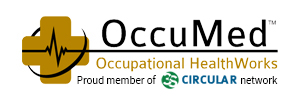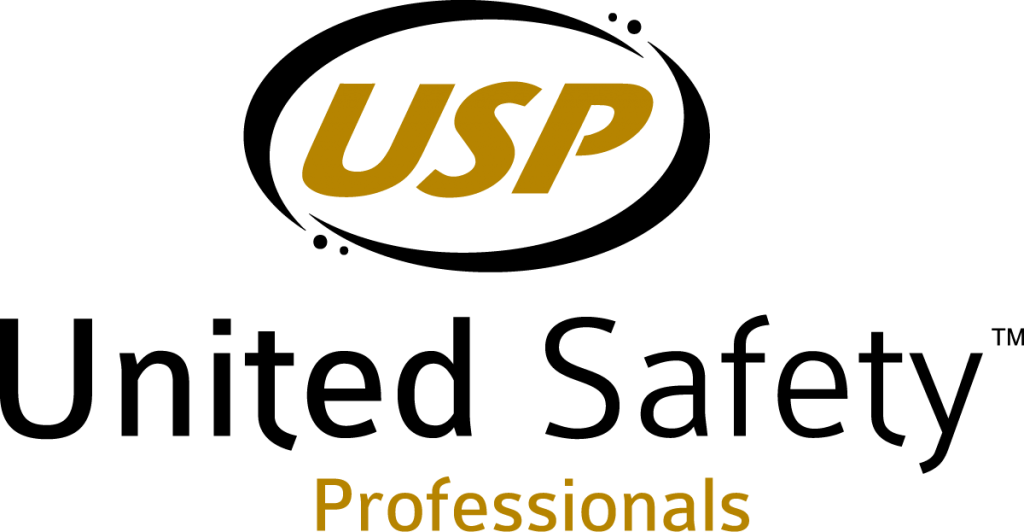The spread of the current Coronavirus has caused much concern among people. And rightly so. Some recent reports have the death toll at over 2,100 – mostly in China – but the virus has now spread to many other countries.
As the United States braces for the virus, people should be informed and aware of what this virus is, how it may spread, and current prevention and treatment.
Since information about this virus is very fluid, we’ve provided an overview and a link to the CDC website, as well as links to download datasheets to help protect and inform people better.
Recommendations are provided by the Centers of Disease Control and Prevention for Employers for planning and responding to Coronavirus Disease 2019 (COVID-19), as of February 2020
This interim guidance is based on what is currently known about the Coronavirus Disease 2019 (COVID19). The Centers for Disease Control and Prevention (CDC) will update this interim guidance as needed and as additional information becomes available.
CDC is working across the Department of Health and Human Services and across the U.S. government in the public health response to COVID-19. Much is unknown about how the COVID-19 spreads. Current knowledge is largely based on what is known about similar coronaviruses.
Dr. Messonnier provides a situational update on COVID-19 for CDC private sector partners. https://youtu.be/nhPoJNQxKfw
What is Coronavirus?
Coronaviruses are a large family of viruses that are common in humans and many different species of animals, including camels, cattle, cats, and bats. Rarely, animal coronaviruses can infect people and then spread between people, such as with MERS and SARS. COVID-19 is spreading person-to-person in China and some limited person-to-person transmission has been reported in countries outside China, including the United States. However, respiratory illnesses like seasonal influenza, are currently widespread in many US communities.
The following interim guidance may help prevent workplace exposure to acute respiratory illnesses, including nCoV, in non-healthcare settings. The guidance also provides planning considerations if there are more widespread, community outbreaks of COVID-19.
To prevent stigma and discrimination in the workplace, use only the guidance described below to determine risk of nCoV infection. Do not make determinations of risk based on race or country of origin, and be sure to maintain the confidentiality of people with confirmed coronavirus infection. There is much more to learn about the transmissibility, severity, and other features of COVID-19 and investigations are ongoing. Updates are available on CDC’s web page at www.cdc.gov/coronavirus/2019-nCoV.
Recommended strategies for employers to use now:
Actively encourage sick employees to stay home:
Employees who have symptoms of acute respiratory illness are recommended to stay home and not come to work until they are free of fever (100.4° F [37.8° C] or greater using an oral thermometer), signs of a fever, and any other symptoms for at least 24 hours, without the use of fever-reducing or other symptom-altering medicines (e.g. cough suppressants). Employees should notify their supervisor and stay home if they are sick. Ensure that your sick leave policies are flexible and consistent with public health guidance and that employees are aware of these policies. Talk with companies that provide your business with contract or temporary employees about the importance of sick employees staying home and encourage them to develop non-punitive leave policies.
Do not require a healthcare provider’s note for employees who are sick with acute respiratory illness to validate their illness or to return to work, as healthcare provider offices and medical facilities may be extremely busy and not able to provide such documentation in a timely way.
Employers should maintain flexible policies that permit employees to stay home to care for a sick family member. Employers should be aware that more employees may need to stay at home to care for sick children or other sick family members than is usual.
Separate sick employees:
CDC recommends that employees who appear to have acute respiratory illness symptoms (i.e. cough, shortness of breath) upon arrival to work or become sick during the day should be separated from other employees and be sent home immediately. Sick employees should cover their noses and mouths with a tissue when coughing or sneezing (or an elbow or shoulder if no tissue is available).
Emphasize staying home when sick, respiratory etiquette and hand hygiene by all employees: Place posters that encourage staying home when sick, cough and sneeze etiquette, and hand hygiene at the entrance to your workplace and in other workplace areas where they are likely to be seen.
Provide tissues and no-touch disposal receptacles for use by employees. Instruct employees to clean their hands often with an alcohol-based hand sanitizer that contains at least 60-95% alcohol, or wash their hands with soap and water for at least 20 seconds. Use soap and water preferentially if hands are visibly dirty. Provide soap and water and alcohol-based hand rubs in the workplace.
Ensure that adequate supplies are maintained. Place hand rubs in multiple locations or in conference rooms to encourage hand hygiene. Visit the coughing and sneezing etiquette and clean hands webpage for more information.
Perform routine environmental cleaning:
Routinely clean all frequently touched surfaces in the workplace, such as workstations, countertops, and doorknobs. Use the cleaning agents that are usually used in these areas and follow the directions on the label. No additional disinfection beyond routine cleaning is recommended at this time. Provide disposable wipes so that commonly used surfaces (for example, doorknobs, keyboards, remote controls, desks) can be wiped down by employees before each use.
Advise employees before traveling to take certain steps:
Check the CDC’s Traveler’s Health Notices for the latest guidance and recommendations for each country to which you will travel, https://wwwnc.cdc.gov/travel. Specific travel information for travelers going to and returning from China, and information for aircrew, can be found at on the CDC website, https://www.cdc.gov/coronavirus/2019-ncov/travelers/index.html
Advise employees to check themselves for symptoms of acute respiratory illness before starting travel and notify their supervisor and stay home if they are sick. Ensure employees who become sick while traveling or on temporary assignment understand that they should notify their supervisor and should promptly call a healthcare provider for advice if needed.
If outside the United States, sick employees should follow your company’s policy for obtaining medical care or contact a healthcare provider or overseas medical assistance company to assist them with finding an appropriate healthcare provider in that country. A U.S. consular officer can help locate healthcare services.
However, U.S. embassies, consulates, and military facilities do not have the legal authority, capability, and resources to evacuate or give medicines, vaccines, or medical care to private U.S. citizens overseas.
If you have concerns about your workforce and coronavirus, please contact us today to learn about steps you can take to protect yourself, your family, and your employees.
Download Further Information:
Coronavirus Fact Sheet
Coronavirus Symptoms
Help Stop the Spread
Public Health Management Decision-Making


